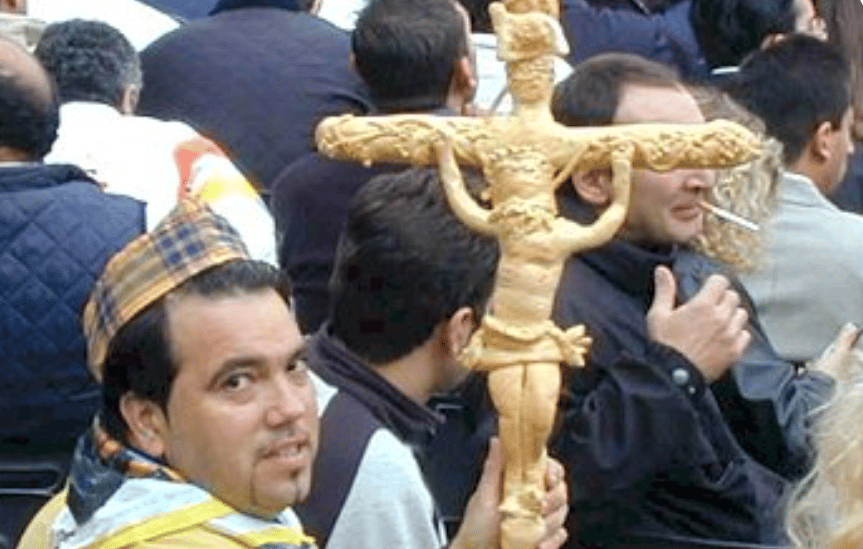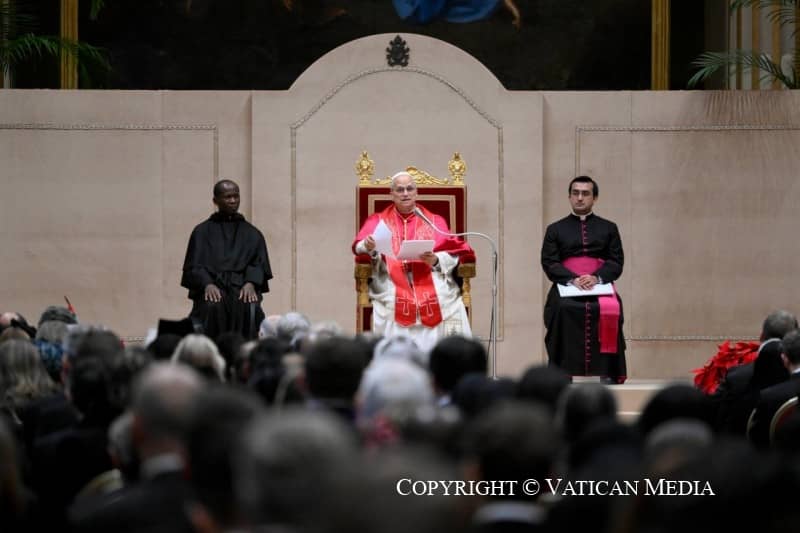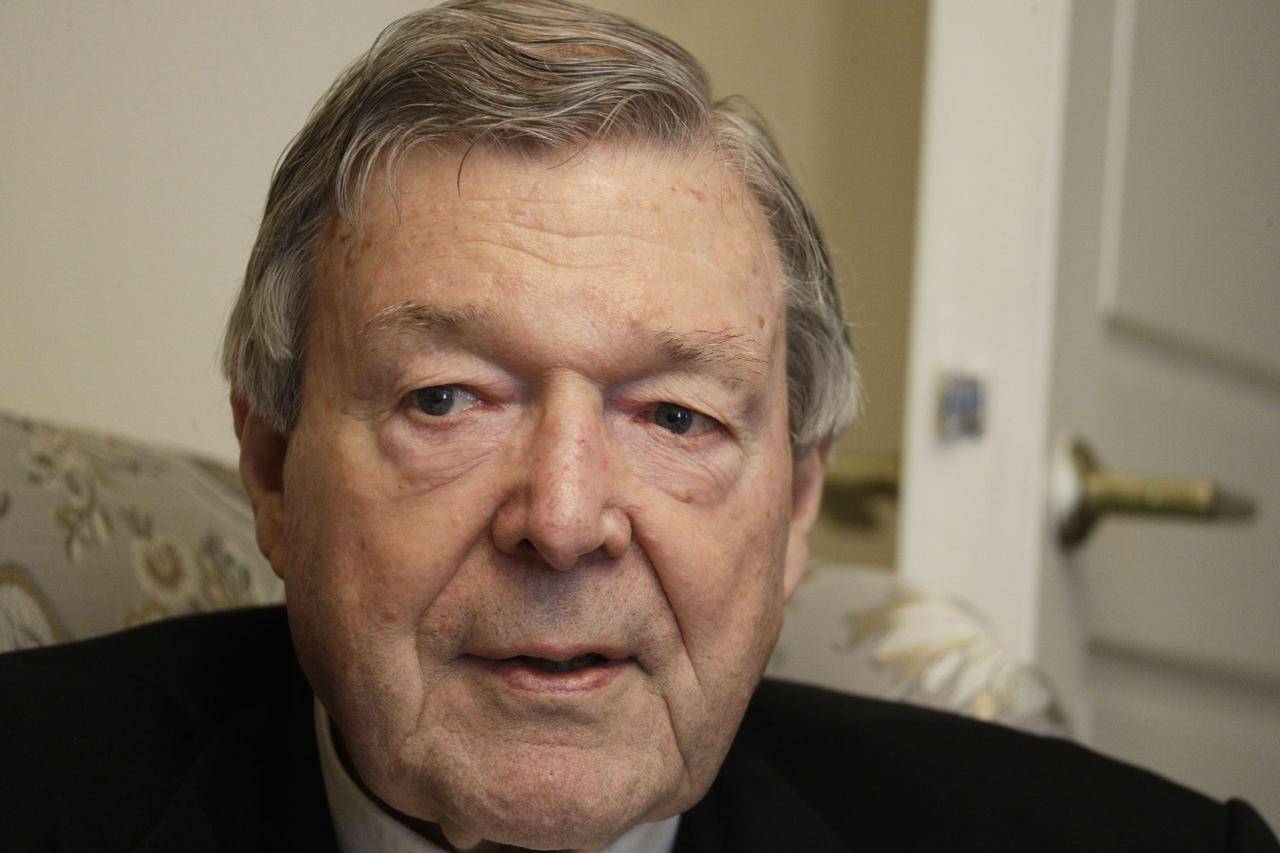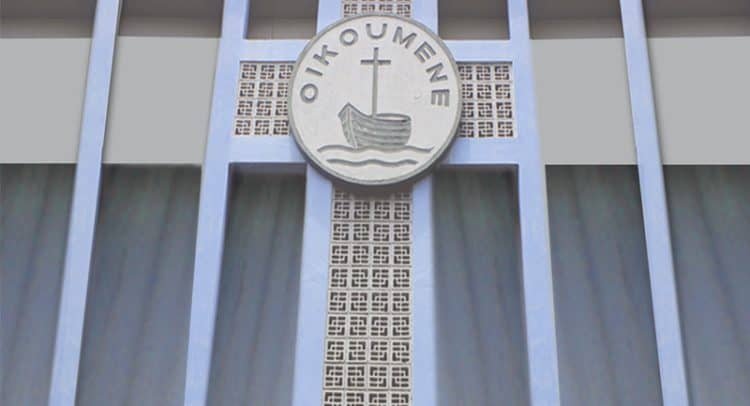ROME – Though it was largely frowned out by the verdict on Medjugorje released Thursday, on the same day the Vatican also published an initial list of 26 events for next year’s jubilee, all of which basically amount to days set aside during the year for celebrations for specific groups or constituencies.
For instance, Jan. 24-26 will be devoted to the Jubilee of the World of Communication, followed by the Jubilee of the Armed Forces, Police and Security Services Feb. 8-9, the Jubilee of Deacons Feb. 21-23, Jubilee for the Sick and for the World of Health April 5-6, and so on.
Other groups which will have their own jubilee days, according to the official calendar, include:
- Volunteers
- Missionaries of Mercy
- Persons with disabilities
- Workers
- Entrepreneurs
- Musical bands
- Confraternities
- Families, children, grandparents and adults
- Movements, associations and new communities
- The Holy See
- The world of sport
- Seminarians
- Bishops
- Priests
- People needing consolation, including victims of sexual abuse
- The justice system
- Catechists
- Migrants
- Consecrated life
- Marian spirituality
- Choirs
- Prisoners
All in all, it’s pretty much what one would expect, and largely tracks with similar events held 25 years ago during the Great Jubilee of 2000 under St. John Paul II.
Presumably a few gaps on the official calendar will be filled going forward – at the moment, for instance, there’s no jubilee for the laity, or for universities, or for politicians and public servants, all of which occurred during 2000 and which seem naturals this time around too.
What the official calendar does not include, however, are all the off-the-books jubilee events, when other groups take it upon themselves to organize an event and then sort of insinuate themselves into the mix, usually by showing up either at the pope’s general audience or Wednesday or his Angelus address on Sunday.
Back in 2000, the Vatican more or less welcomed – or, at least, tolerated – these spontaneous gatherings, and the principals usually got some face time with the pope along the way. To be honest, it’s these grassroots gatherings which often generate the most fun.
For instance, one of my personal favorite moments from the 2000 jubilee came in Oct. 25, with the “Jubilee of Pizza Makers” during John Paul II’s general audience that day.
The day before, scores of pizza makers from around Italy had made their way to impoverished quarters of Rome driving what they called the “pizza bus,” handing out free pizzas to homeless and disadvantaged persons in the city.
Then on Wednesday, thousands of the pizza makers, known in Italian as pizzaioli, descended upon St. Peter’s Square. They brought the pizza bus that day too, and those of us who got there early were treated to free samples of their wares – I scored my favorite, a pizza capricciosa, meaning “capricious,” which can contain lots of different toppings depending on the whims of the pizzaiolo, but generally has tomato, mozzarella, ham, mushrooms, olives, artichokes, and often an egg.
At the end, the pizza makers offered a couple of signature gifts to the pope, including a stove used to keep pizzas warm from Naples, the universally recognized pizza capital of Italy, and a ceramic reproduction of a pizza made from sweet peppers, cheese and cream of pumpkin, resulting in the official colors of the Vatican, yellow and white. There were other manifestations of the craft on display too, including one pizzaiolo who showed up with a crucifix made entirely of pizza dough.
The tantalizing aroma of pizza filled the square that day, and the enthusiasm of the pizzaioli to see their craft celebrated was infectious.
Another fun moment came on June 29, the feast of Sts. Peter and Paual, when hundreds of motorcycle riders filled St. Peter’s Square, marking what organizers claimed was the first motorcycle rally in the presence of a pope.
The bikers came back on Sunday, July 2, for their actual jubilee day, with hundreds of bikes filling the square for the pope’s Angelus address. Many of the riders looked the part, sporting leather, bandanas, and plenty of tattoos. The roar of their engines when the pope gave them a shout-out from the window formed one of the most unique audio salutes ever delivered to a pontiff in that space.
Though I’m not sure any actual members of the world’s most notorious motorcycle gang were present, that didn’t stop those of us in the press from having fun. My headline was, “Heaven and Hell’s Angels collide in Rome with jubilee of bikers at St. Peter’s.”
There were other such events – a jubilee of circus acts, of tattoo artists, and so on, all adding color to the year, not to mention demonstrating the universality of the faith and its capacity to reach into even the most unexpected quarters of the culture.
It remains to be seen what surprises the jubilee year of 2025 may hold, but one hopes that a similar outpouring of imagination and energy will once again augment the official slate of events.
Memo to the pizza makers, by the way: If you decide to show up again, make sure you set aside a capricciosa for me!















